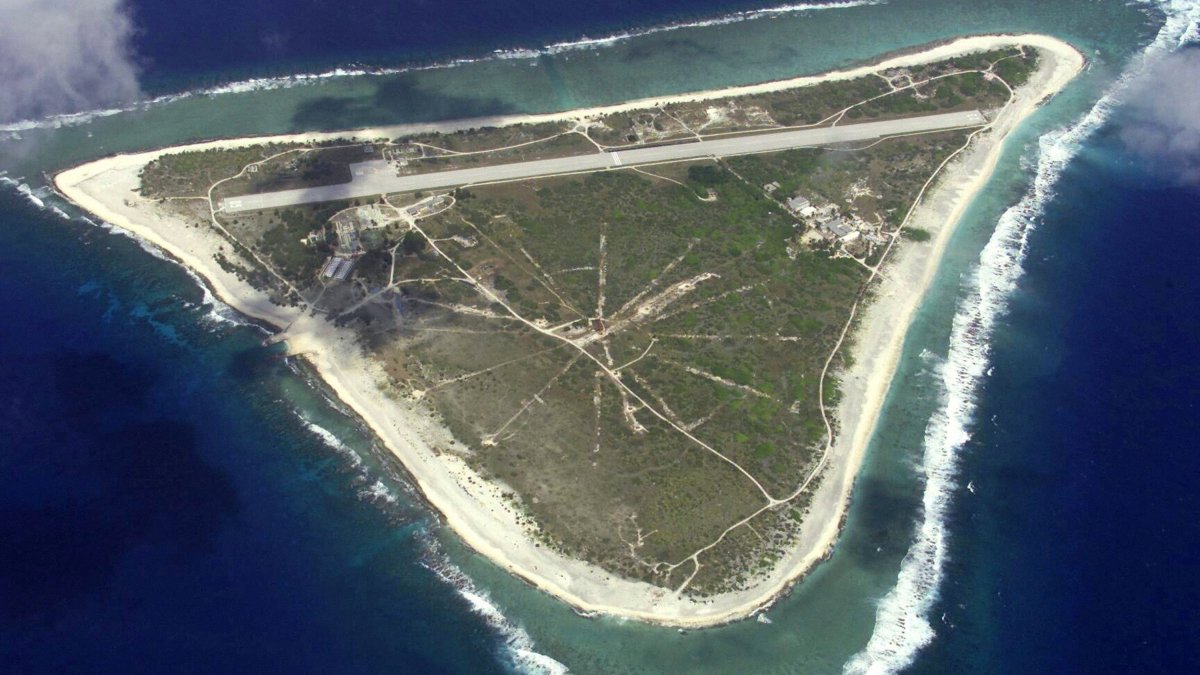
16 million tonnes of rare earth found outside the coast of Japan. Researchers claim that they can meet global demand in “infinite time”.
Rare earth metals are available from rechargeable batteries to hybrid vehicles and medical equipment. With efforts on technology for renewable technology and electronics, demand for metals has increased, which in turn has raised the issue of shortcomings.
However, a Japanese coast will contain enough yttrium to meet global demand for 780 years, 7-year dysprosium, europium for 620 years and terbium for 420 years, according to the study published in the Natures Scientific Reports.
In total, it is 16 million tonnes of valuable ‘rare’ earth metals near the Minamitori Island, 1 850 kilometers southeast of Tokyo.
The bargain can change the global playing field since China has been responsible for much of the world’s mineral exports for decades. If Japan begins to extract the metals, they could take a bigger piece of cake.
“Most of the world’s supply of (rare earth elements) comes from only a handful of sources”
– CNN quoted a USGS report as saying.
According to the US Geological Survey, while the minerals are relatively abundant, they have “much less tendency to become concentrated in exploitable ore deposits”, making a find of this scale even more important.
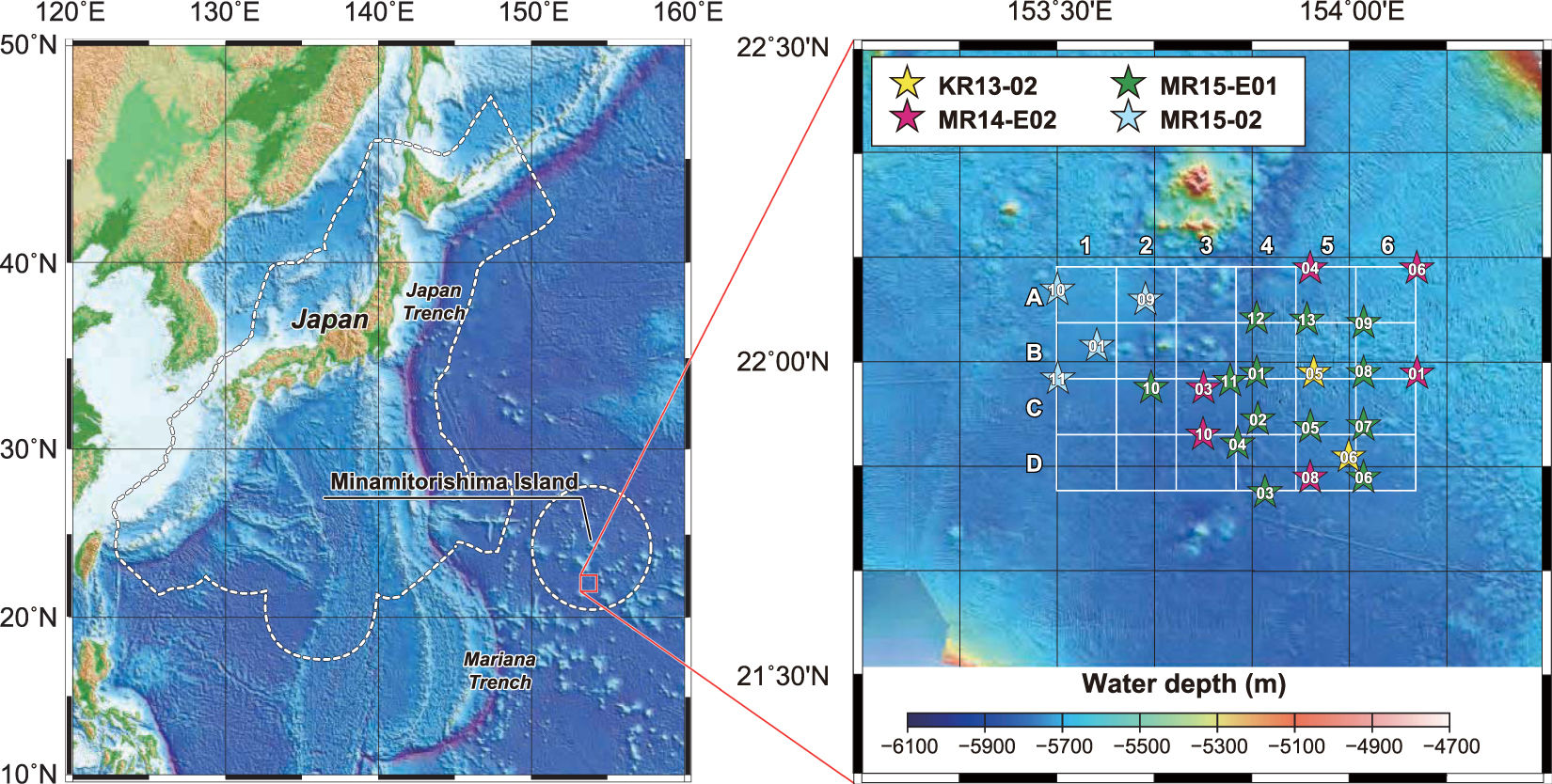
China currently holds a tight grip on the rare earth minerals: Controlling about 95 percent of global rare earths production as of 2015.
Even though Minamitori Island is more than a thousand miles away from the Japanese capital, it is still technically a part of Tokyo, in the village of Ogasa.
Reference:
Yutaro Takaya1 et al. The tremendous potential of deepsea mud as a source of rare-earth elements doi:10.1038/s41598-018-23948-5


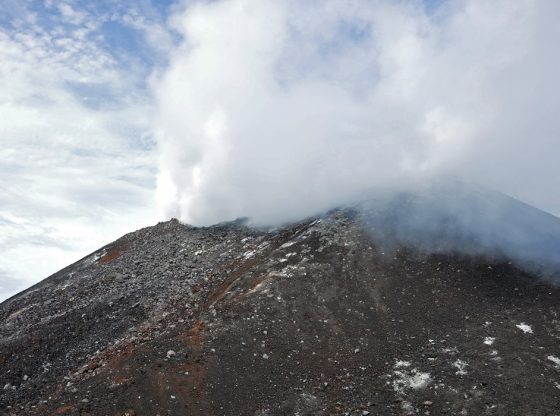
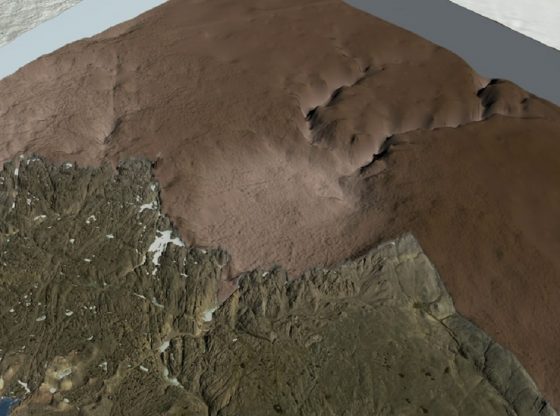
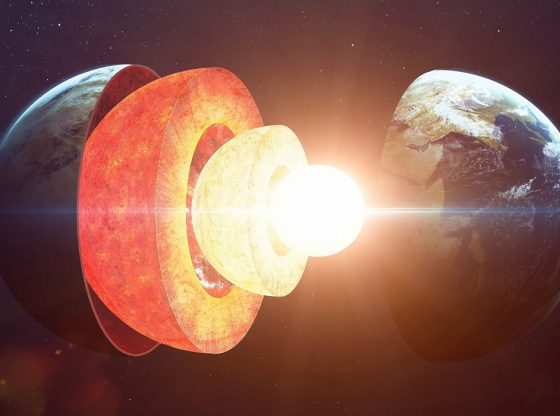

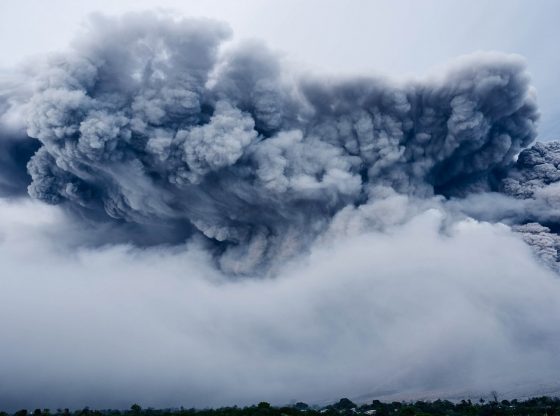


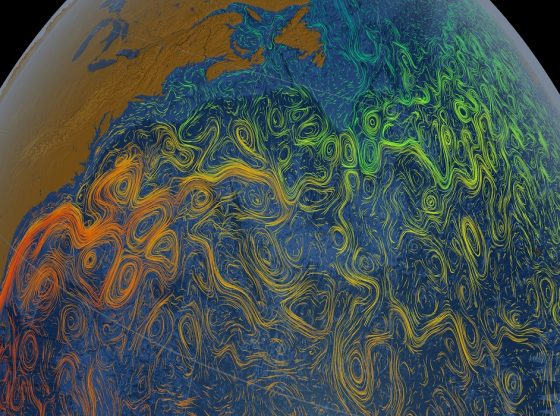
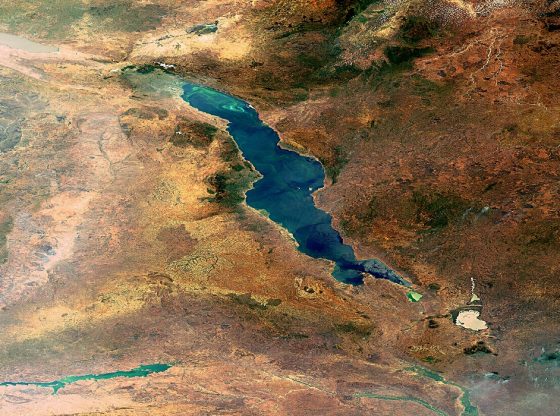
![OpenAI. (2025). ChatGPT [Large language model]. https://chatgpt.com](https://www.illustratedcuriosity.com/files/media/55136/b1b0b614-5b72-486c-901d-ff244549d67a-350x260.webp)
![OpenAI. (2025). ChatGPT [Large language model]. https://chatgpt.com](https://www.illustratedcuriosity.com/files/media/55124/79bc18fa-f616-4951-856f-cc724ad5d497-350x260.webp)
![OpenAI. (2025). ChatGPT [Large language model]. https://chatgpt.com](https://www.illustratedcuriosity.com/files/media/55099/2638a982-b4de-4913-8a1c-1479df352bf3-350x260.webp)








